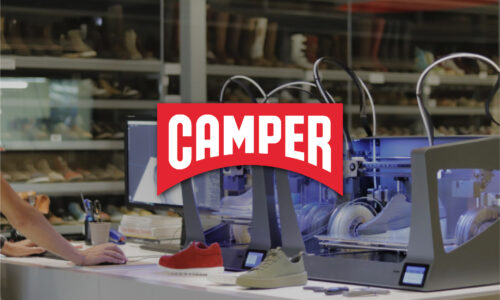Introduction to the Plastic Manufacturing Industry
When talking about the plastic manufacturing industry, we need to consider design, manufacture and assembly. This white paper details each of these processes, and how properties of plastics, application requirements and different technologies come into play.
Plastic is one of the most versatile and inexpensive materials available for consumer products and manufacturing industries. This white paper contextualizes the fabrication of parts and components using plastic through a variety of technological processes.
Lead time, budget, final product properties and product use will determine the right plastic and fabrication process needed for a business.
Conventional Manufacturing Technologies
These types of processes involve changing the shape of the raw material to create the model, using moulds or hard tools to mechanize the material.
- Moulding: producing plastic pieces with a mould e.g. casting and injection.
- Extrusion: gradually melting plastic and mixing it inside an extruder.
- Calendering: plastic material forced to pass through two counter-rotating rolls, transforming it into thin film.
- Subtractive Manufacturing: cutting material away from a solid block to construct a 3D model, usually with a CNC Machine.
Additive Manufacturing Technologies
Additive manufacturing, or 3D Printing Technologies, creates models by adding thin layers of material.
Extrusion – FFF
FFF builds objects by depositing melted material layer-by-layer, using thermoplastic polymers as raw material.
Vat Polymerization – SLA
SLA selectively photo-polymerizes a liquid curable resin from a vat to create solid models.
Vat Polymerization – DLP
DLP selectively photo-polymerizes a liquid curable resin from a vat to create solid models. While in SLA the light comes from a UV laser, in DLP it comes from a digital light projector screen, creating only a single image per layer.
Powder Bed Fusion – SLS
SLS selectively sinters powdered plastic materials with high power lasers.
Material Jetting
Material Jetting deposits and cures droplets of material using photopolymers sensitive to UV light.
Binder Jetting
Binder Jetting uses a liquid bonding material to bind parts of a powder bed.
We have just brushed over the plastic manufacturing industry, describing both conventional and additive technologies…
While traditional manufacturing offers a large scale production at low cost, the costs are high if the aim is to produce low quantities. Scaling up through a traditional manufacturing process also means longer wait times and production times, as moulds are based on prototyping and the process can be prone to error and delays in obtaining a final mould.
Additive manufacturing will facilitate inexpensive low batch productions and short lead times and the ability to produce complex geometry, but will not be as cost effective when scaling up production.
For a full understanding of the different techniques, and to find out which technology would suit your needs best, download our free white paper!
Learn more
Would you like to know more about 3D printing? Check out the following white papers:
• Introduction to FFF technology and its most important parameters
• Introduction to Fused Filament Fabrication (FFF) 3D printing technology
• Guide on how to choose a professional desktop 3D printer

Would you like to see the possibilities of a professional FFF 3D Printer? Request a personalized demo of BCN3D printers that will help you visualize all the possibilities and capabilities.





